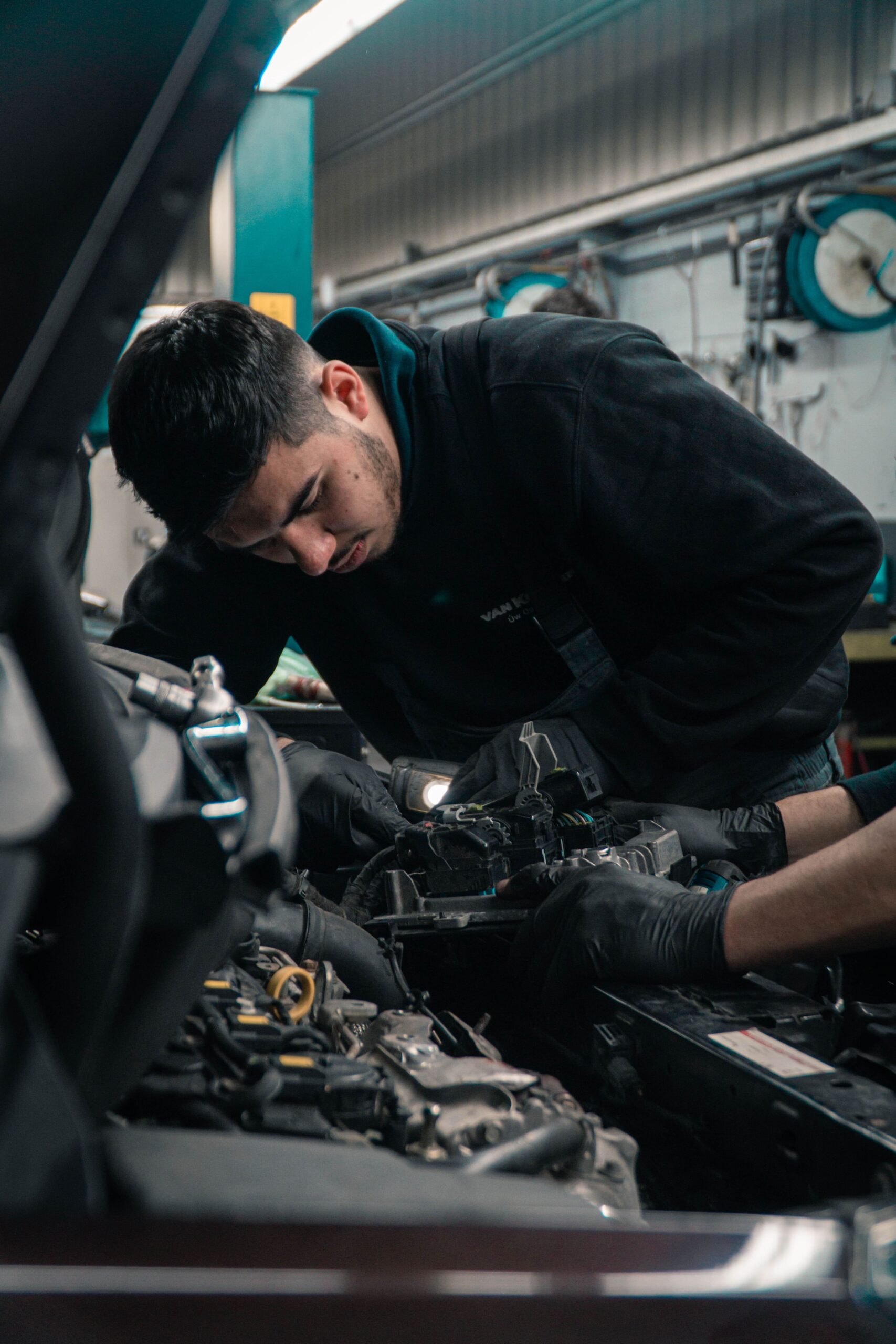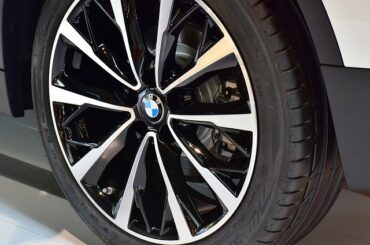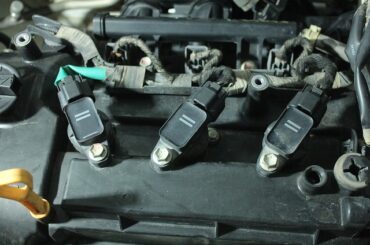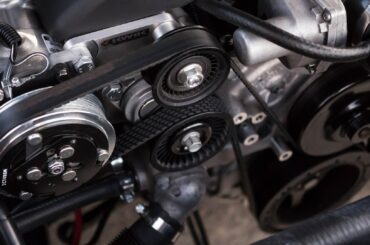Every time you turn the key in your vehicle’s ignition, a symphony of meticulously engineered components comes to life, working harmoniously to propel you forward. At the heart of this mechanical orchestra lies the engine, a complex assembly of parts that transform fuel into the power that moves your car. One critical member of this ensemble is the connecting rod, a seemingly unassuming piece that plays a pivotal role in the engine’s performance.
In this article, we will explore blown rod in engine. A blown rod may sound like an abstract term, but its consequences are very real and can profoundly impact your vehicle’s operation. To understand the gravity of this issue, we must first grasp the significance of engine components and their intricate dance within your car’s drivetrain.
Contents
What is a Blown Rod?
A “blown rod” is a term that might sound a bit mysterious, but it’s a critical issue that can occur inside your car’s engine. A blown rod is a situation where one connecting rod inside the engine breaks or fails. Connecting rods might not be the most glamorous parts of your engine, but they’re like the engine’s backbone, and when something goes wrong with one of them, it can spell trouble for your vehicle.
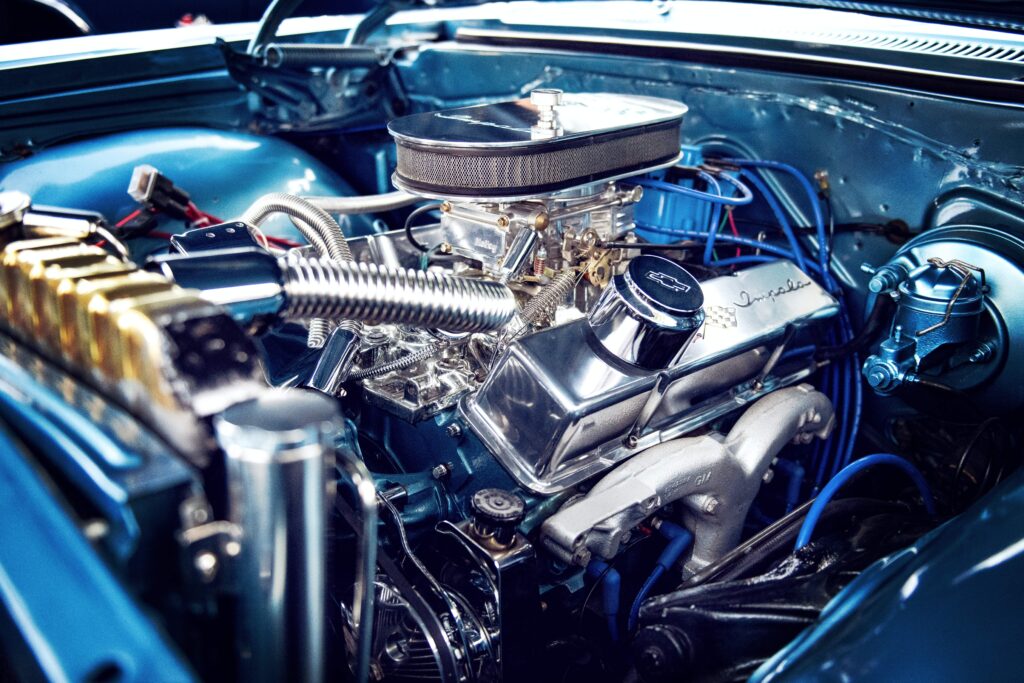
To better understand what a blown rod is, let’s take a closer look at the function of these connecting rods within the internal combustion system. Think of connecting rods as the link between the pistons (those things that move up and down inside your engine) and the crankshaft (a critical component that converts that up-and-down motion into the rotational power needed to turn your wheels).
Imagine a bicycle pedal connected to the wheel by a metal rod. When you push the pedal, the rod transfers energy to the wheel, making it turn. Connecting rods do something similar in your engine, but on a much more powerful scale. They help transfer the power generated by the pistons’ up-and-down movement to the crankshaft, which ultimately powers your car.
So, when we talk about a “blown rod,” we mean that one of these connecting rods has failed, and this failure can have serious consequences for your engine’s performance and, by extension, your vehicle’s ability to run smoothly. It’s like a link in a chain snapping; the whole system can be thrown into disarray, which no driver wants to experience.
Signs and Symptoms of a Blown Rod
Spotting the signs of a blown rod is crucial because it can help you address the issue before it turns into a full-blown engine catastrophe.
1. Loud knocking or banging noises: If you suddenly hear a loud, persistent knocking or banging sound from your engine, it could be a sign of a blown rod. This noise occurs because the broken or disconnected connecting rod slaps against other engine components. It’s a sound you don’t want to ignore.
2. Loss of power: A blown rod can lead to a significant loss of engine power. Your vehicle may struggle to accelerate, and you’ll notice a decrease in overall performance. It might feel like your car is dragging or not responding as usual.
3. Engine vibration: A damaged connecting rod can disrupt the engine’s balance, causing excessive vibration throughout your vehicle. You’ll feel this vibration in the steering wheel, seats, and floorboard. It’s a noticeable and unsettling sensation.
4. Overheating: A blown rod can lead to engine overheating. The damaged rod can disrupt the engine’s cooling system, leading to inadequate heat dissipation. If your temperature gauge starts creeping into the red zone, it’s time to pull over and investigate.
5. Engine stalling or failure: In severe cases, a blown rod can cause the engine to stall or fail. When a connecting rod breaks, it can damage other critical engine components, leading to problems that may render your engine inoperative.
6. Oil and coolant leaks: The force generated by a blown rod can cause damage to surrounding engine parts. This damage can result in oil or coolant leaks. If you notice puddles of oil or coolant under your vehicle, it strongly indicates something is amiss under the hood.
Recognizing these signs and symptoms of a blown rod is essential for your safety and the well-being of your vehicle. If you suspect any of these issues, it’s best to have your vehicle inspected by a professional mechanic immediately to prevent further damage and costly repairs. Ignoring these warning signs can lead to more significant engine problems and a hefty repair bill.
Causes of Blown Rods
Understanding the causes of blown rods can help you take steps to prevent this potentially disastrous engine issue. Here are some of the factors that can lead to a blown rod:
1. Lack of Lubrication: Adequate lubrication is essential for the smooth operation of an engine. The connecting rods and other moving parts require a constant oil supply to reduce friction and heat. If there’s a problem with oil circulation or a sudden drop in oil pressure due to a leak or oil pump failure, the connecting rods can dry and wear rapidly. This lack of lubrication can eventually lead to a blown rod.
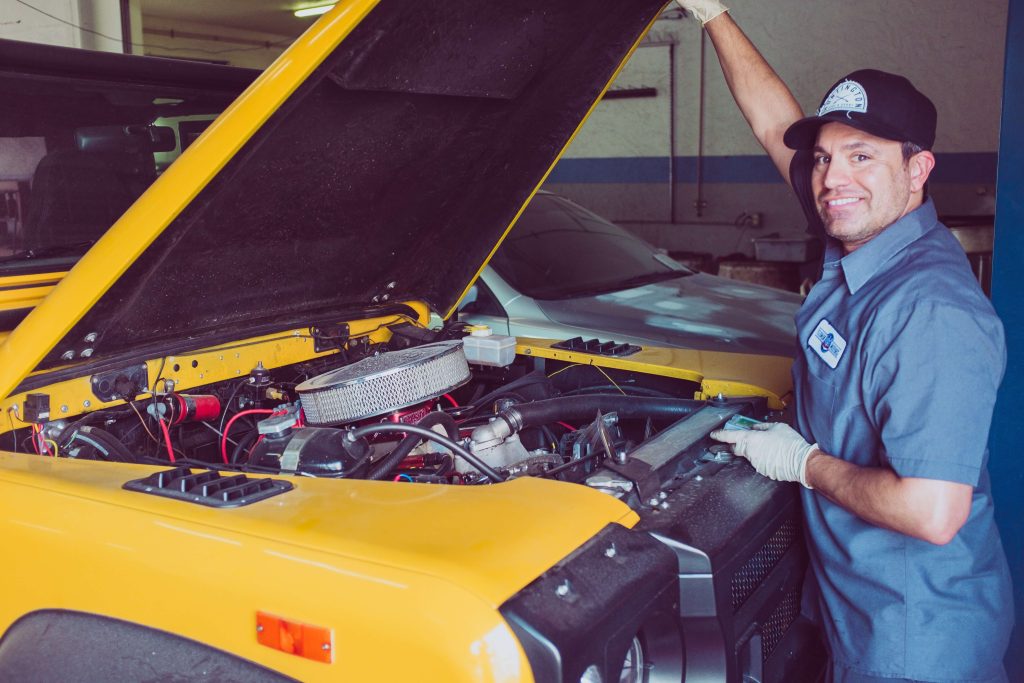
2. High Engine Stress or RPM: Pushing your engine to the limit, especially in high-performance or racing scenarios, can subject the connecting rods to extreme stress. When an engine operates at high RPM (revolutions per minute) for an extended period or experiences sudden bursts of power, the connecting rods can be strained beyond their limits. This excessive stress can cause them to weaken and eventually fail.
3. Manufacturing Defects: Modern manufacturing processes are highly precise, but defects can still occur. A flaw in the design or material of a connecting rod, even a minor one, can lead to premature failure. This is why quality control and regular inspections during the manufacturing process are crucial.
4. Wear and Tear Over Time: Like any other mechanical component, connecting rods will naturally wear out over time due to the constant movement and stress they endure. Normal wear and tear can weaken the rods, making them more susceptible to failure.
Consequences of Ignoring a Blown Rod
Ignoring a blown rod in your engine is a decision that can have severe and costly repercussions. Here’s why it’s essential to take immediate action if you suspect this issue:
1. Engine Damage Escalation: When a connecting rod fails, it can cause significant damage to other vital engine components. The loose or broken rod can strike the crankshaft, engine block, and other nearby parts, leading to a chain reaction of destruction. This can escalate repair costs from a single damaged rod to extensive engine repairs or a complete replacement.
2. Increased Repair Expenses: The longer you drive with a blown rod, the more damage occurs, and subsequently, the more expensive the repairs become. What might have initially required a straightforward rod replacement can become a costly engine overhaul. In some cases, the engine may be beyond repair, necessitating a full replacement, which is a substantial financial burden.
3. Safety Risk: Operating a vehicle with a blown rod is unsafe. The engine’s compromised performance can lead to unexpected stalls or failures while driving, increasing the risk of accidents. Moreover, the loud noises, vibrations, and overheating associated with a blown rod can be disorienting and distressing for the driver, further jeopardizing safety.
4. Reduced Resale Value: A vehicle with a known history of a blown rod and subsequent engine damage will have significantly reduced resale or trade-in value. Potential buyers or dealerships will be hesitant to invest in a vehicle with a damaged engine, leading to a diminished return on your investment.
5. Towing and Stranded Situations: A blown rod can leave you stranded on the side of the road, requiring costly towing services and potentially leaving you inconvenienced in an unfamiliar location.
Repairing a Blown Rod
When faced with a blown rod in your engine, timely and professional repair is essential to prevent further damage and restore your vehicle’s performance. Here’s an overview of the typical repair process for a blown rod:
1. Engine Disassembly: The repair process begins with disassembling your engine. This involves removing various components to access the damaged connecting rod. The extent of disassembly depends on the engine’s design and the severity of the damage.
2. Rod Replacement: Once the damaged connecting rod is exposed, it needs to be carefully removed. This often involves separating the rod from the crankshaft and the piston. The damaged rod is then replaced with a new one. Ensuring the replacement rod has the correct size and specifications for your engine is essential.
3. Inspection of Related Components: While the engine is disassembled, inspecting other related components for damage or wear is a good opportunity. This may include checking the crankshaft, pistons, bearings, and cylinder walls. Any other parts that are compromised should be repaired or replaced as necessary.
4. Reassembly and Testing: After the new connecting rod is in place and related components have been inspected and, if needed, repaired or replaced, the engine is reassembled. This involves putting all the removed parts back together in the correct order. Once reassembled, the engine should undergo thorough testing to ensure it operates correctly. This may include checking for proper compression, oil pressure, and overall performance.
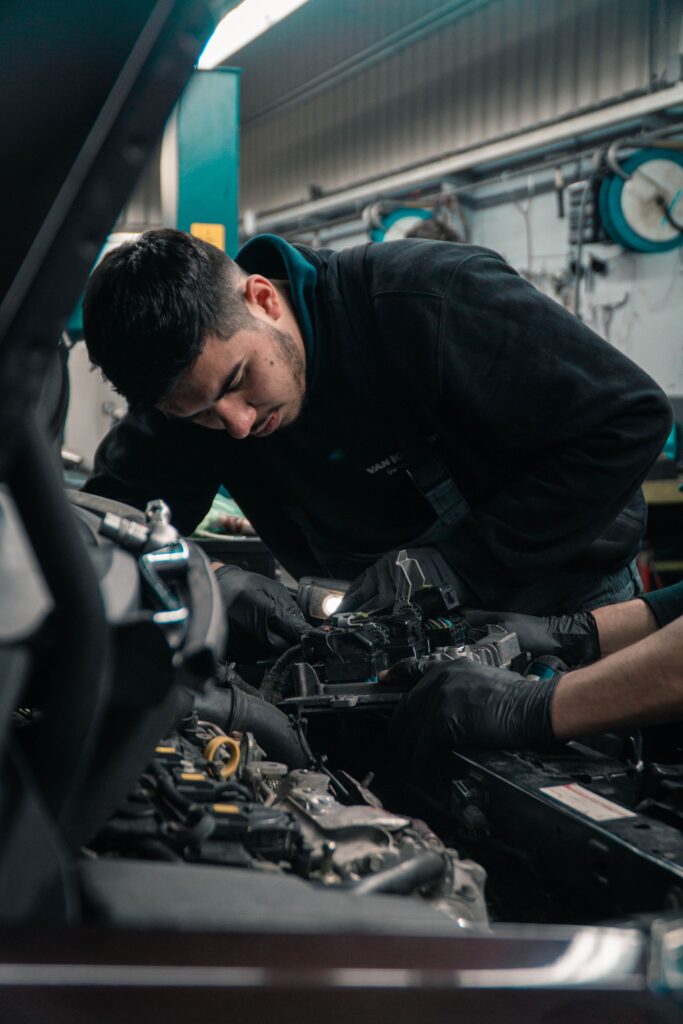
It’s crucial to note that repairing a blown rod is a complex and labor-intensive process that requires the expertise of a skilled mechanic. Attempting to repair it yourself without the necessary knowledge and tools can lead to further damage or even engine failure.
Blown rod in engine
A blown rod in your engine is a serious issue with potentially costly consequences. Consult a professional mechanic immediately if you suspect this problem. Routine maintenance and attentive care, such as regular oil changes and listening for unusual engine sounds, can help prevent blown rods. Your vehicle’s health relies on proactive maintenance, ensuring its reliability and longevity.
Unleash the Thrills: The Smiling Miata’s 2023 Power Surge
Troubleshoot Your car won’t start just clicks once but lights work (2023)
Unveiling the Truth: Are CVT Transmissions Reliable in 2023?


